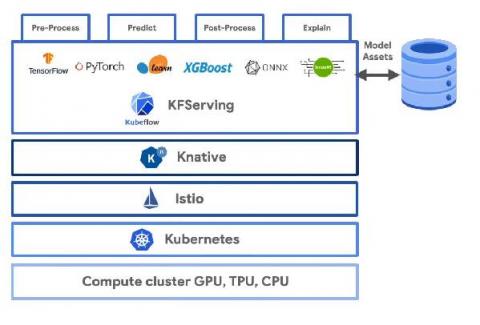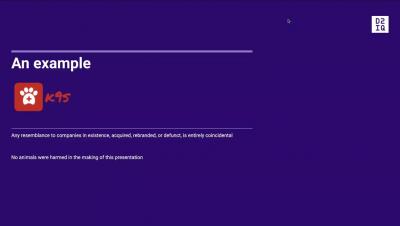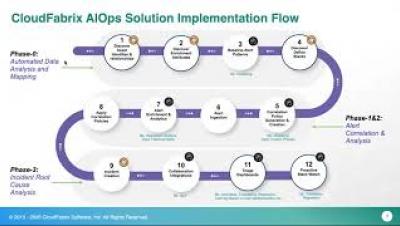Announcing Splunk Data Stream Processor 1.2
As data continues to explode across the enterprise, we are finding that it is becoming increasingly challenging for organizations to keep up. A recent Splunk report, "The Data Age is Here," found that 57% of companies interviewed expressed that the volume of data is growing faster than they can manage, with 47% bluntly saying they will fall behind when faced with rapid data volume growth.









